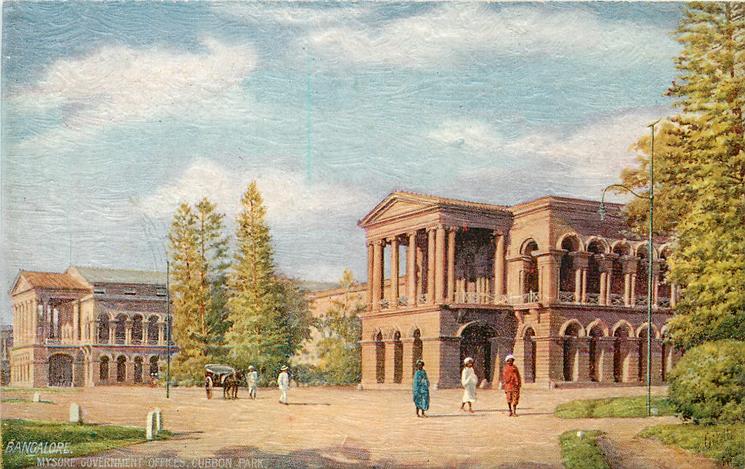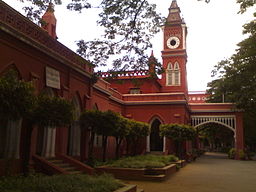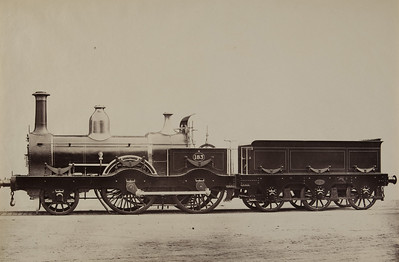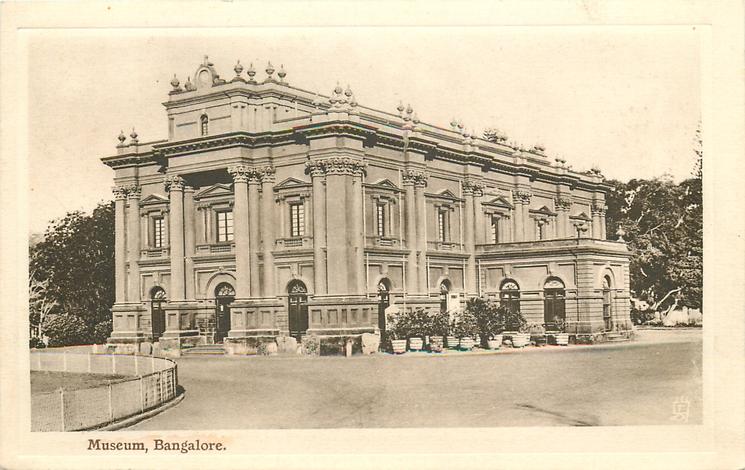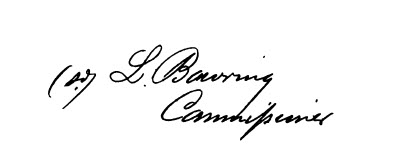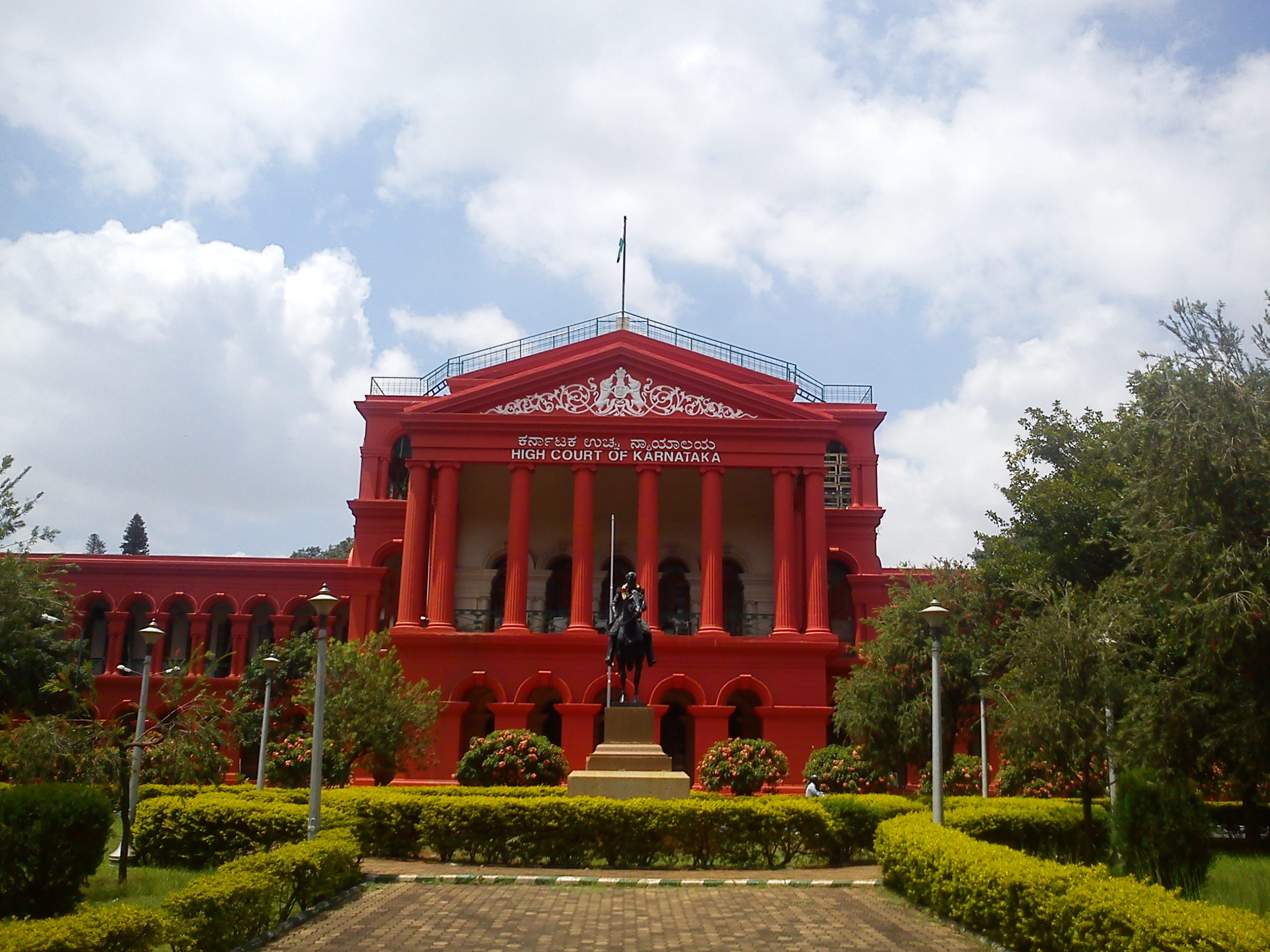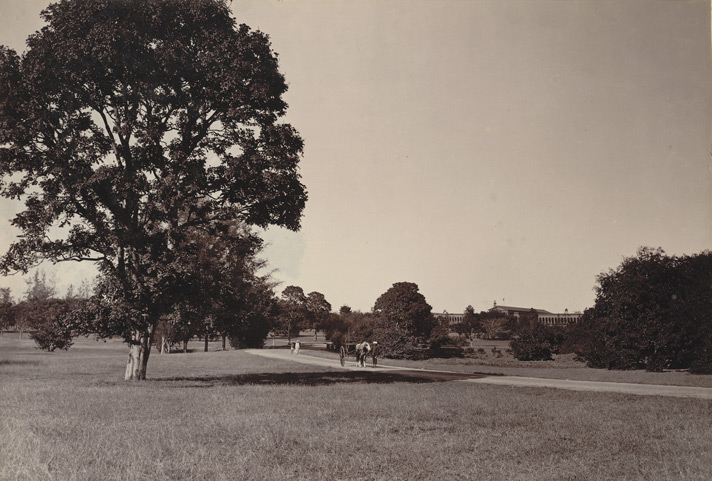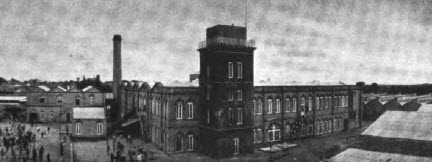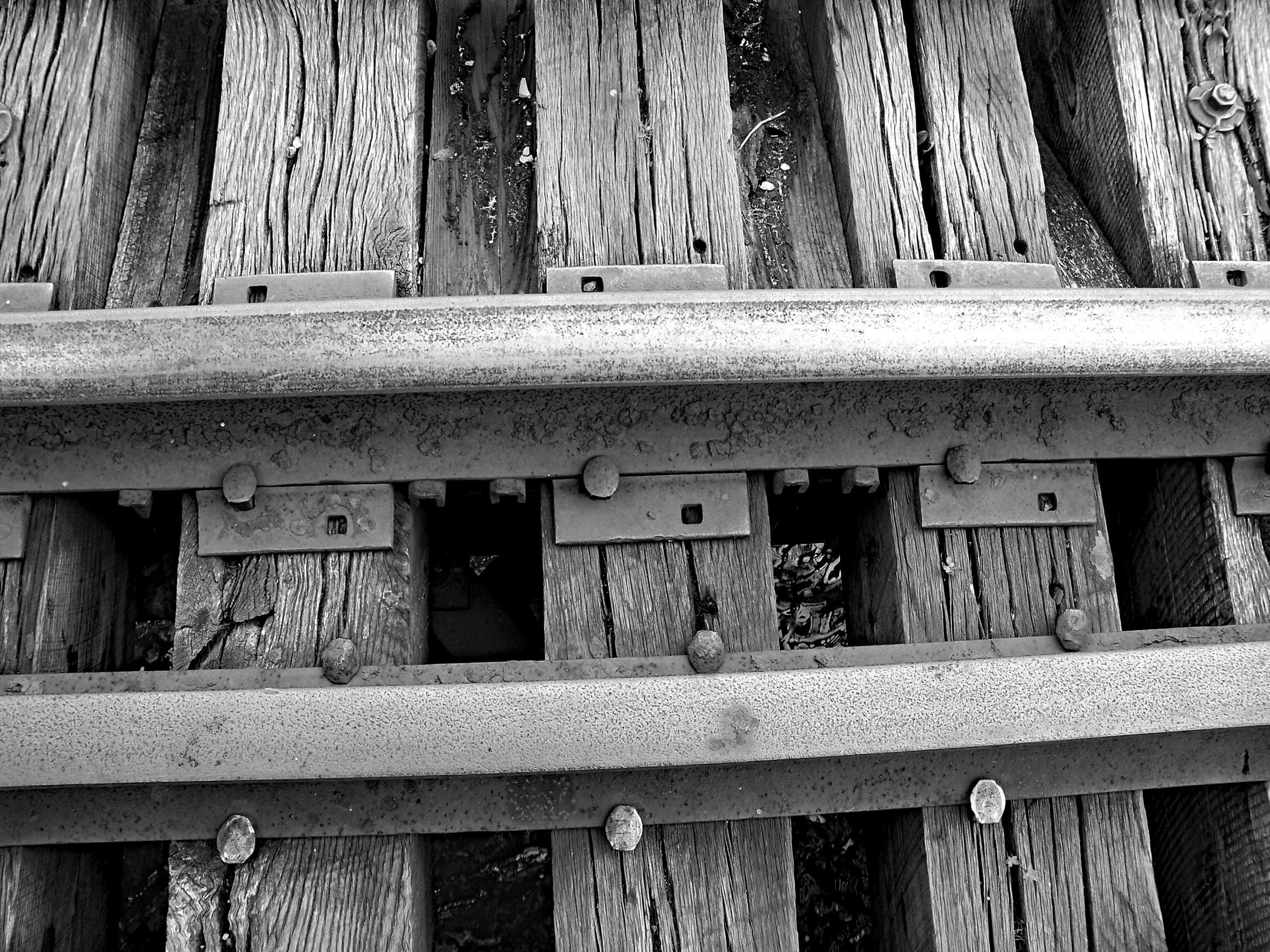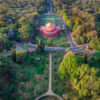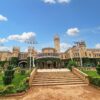Bengaluru through the ages 1804 AD to 1880 AD
We have documented the major events in the history of Bengaluru in this series. While many of you will be familiar with them, we have scoured archived government documents, books and journals to bring out new facts that were not well known. In addition, interesting images embellish the words to provide a complete picture. We hope you enjoy the series.
-
1809
Bengaluru Cantonment
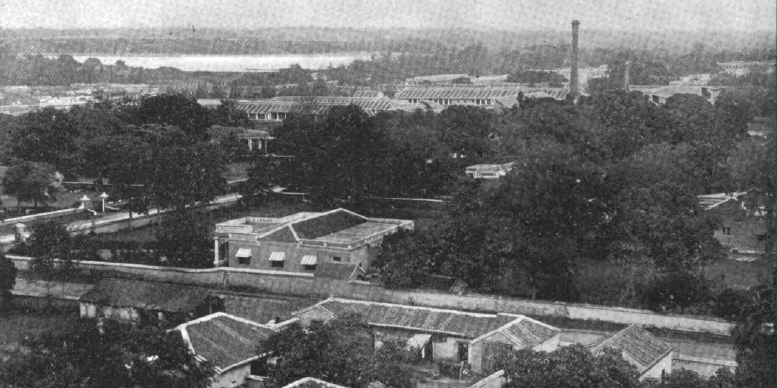
British establish the largest cantonment in South India near Halasuru (Ulsoor) after the removal of the garrison from Srirangapatna. The area selected was 2 miles to the east of the Fort in the city and was built on an elevated ridge of ground, running east to west and sloping from north to south.
The native troops, as Indians were called, lived in huts and the British officers lived in detached bungalows separated by hedges. This area was called as ‘Dandu’ by Hindus and ‘Lashkar’ by Muslims.
Image: Bengaluru Cantonment in the early years
-
1812
St. Mark's Church
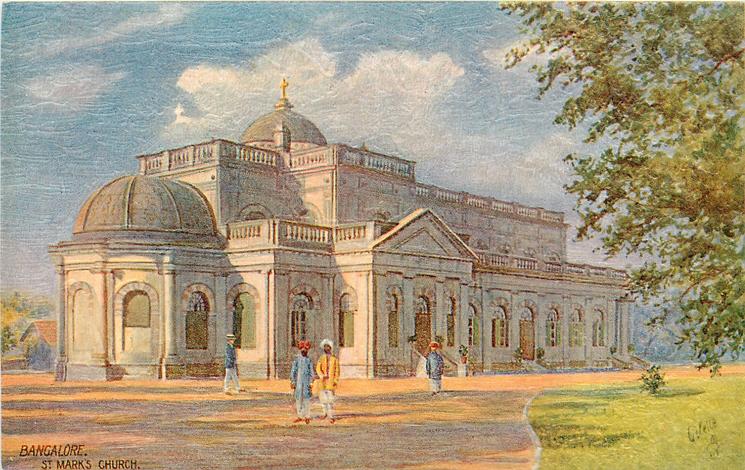
St Mark’s Church construction was completed. Representing the Church of England, this was one of the six episcopal churches of England in Bengaluru under the supervision of the Bishop of Madras. It was located in St. Mark’s Square with a boarding school for European boys and girls along with an orphanage.
Image: St Mark’s Church
-
October 1831
British takeover Mysore
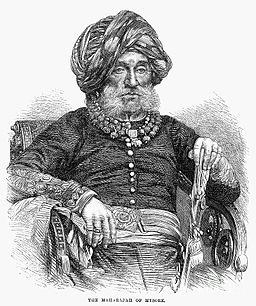
British take over Mysore kingdom alleging misrule by Krishnaraja Wodeyar III. The British sent a letter on September 7, 1831 informing the Maharajah of the impending takeover. On October 19, 1831, the Mysore Maharajah surrendered and Mysore was directly governed by the British for the next 50 years until 1881.
The administration was entrusted to a Board of Commissioners and the Secretariat Board was shifted from Mysore to Bengaluru. It was first housed in Tipu’s palace and then moved to the Attara Kacheri (the High Court building of today).
Image: The Mysore Maharajah Krishnaraja Wodeyar III
-
1831 to 1881
British direct rule
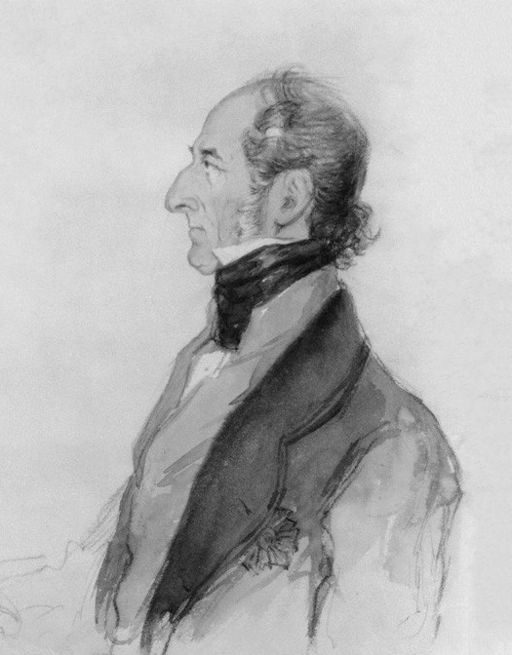
Under direct British rule, Bengaluru became the administrative head-quarters of Mysore. During this period, Sir Mark Cubbon was the Chief Commissioner from 1834 until his resignation in 1861. Lewin Bowring succeeded Cubbon as Chief Commissioner from April 1862 until 1870.
After them, Sir Richard Meade, Charles Saunders and Sir James Gordon continued to rule until the rendition in 1881. The province continued to be ruled in the name of the dethroned Mysore Maharajah and upon his death in 1868, an adopted son, Chamarajendra Wodeyar was recognized as the successor.
Image: Sir Mark Cubbon, Commissioner of Bengaluru for 27 years
-
1832
Huzur Adalat
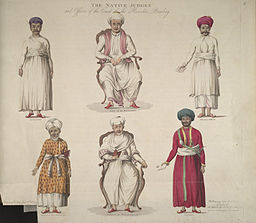
Col John Briggs, the Senior Commissioner since December 1831 established the Huzur Adalat, the highest judicial authority in the province, consisting of native judges. This was headed by Ram Raz (or Rama Raja) , a Brahmin judge and scholar. However, any sentence awarded was subject to confirmation by the Commissioner.
In the same year, Briggs also introduced Stamp Duty for the first time to increase revenue to the British government.
Image: Judges during 1800s
-
1833
First public dispensary
In 1833 the first public dispensary was opened in the Commissioner’s office in Tipu’s fort. This was followed by a second dispensary in the Cantonment area in 1834. In 1839 a hospital and dispensary on a small scale were opened in the Bangalore peté. This became so useful that in 1846 a fairly large hospital capable of accommodating 50 patients was completed.
-
1840
Kannada printing press
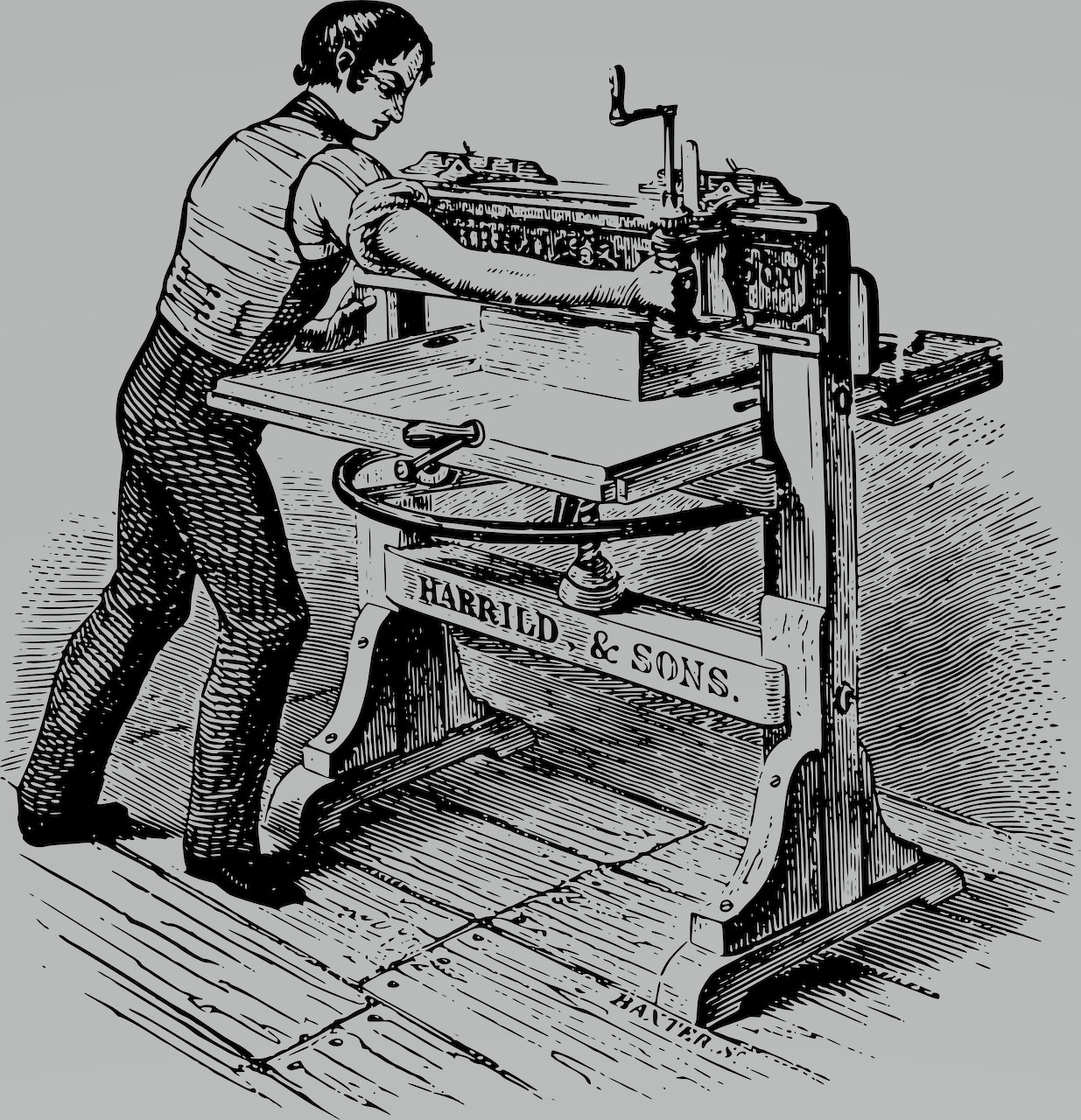
First printing press in Kannada was set up by Rev John Garrett, the owner of the land and building that eventually became the Bengaluru Palace. He was an educator, author and lexicographer, besides translating several famous English books into Kannada. The first book printed from Wesleyan Mission Press at Bangalore, was Prashnottara Sala Pustaka.
-
1844
St Patrick’s Church
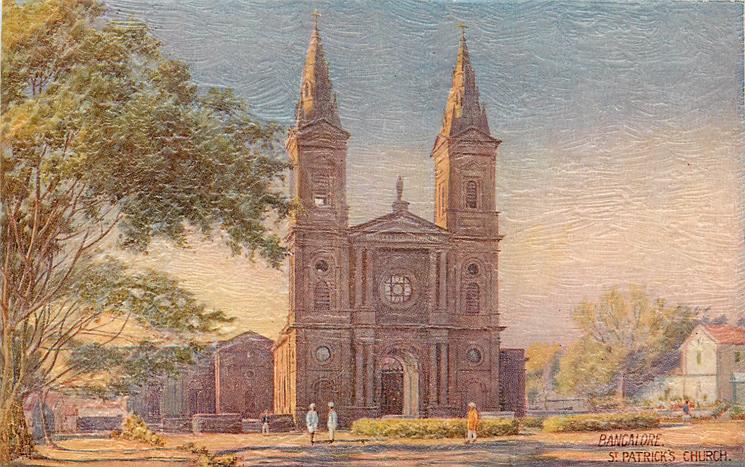
St Patrick’s Church built on Brigade Road representing the Roman Catholic church in Bengaluru. Irish soldiers stationed in the city were the main worshipers. It is built in the Greco-Roman Renaissance style and is the only church with north-south alignment. A roman arch adorns its entrance above which is a large rose window of colored glasses.
The church also contains the tomb of Mrs. Bowring, the wife of Lewin Bowring, the Commissioner of Bengaluru.
Image: St. Patrick’s Church
-
May 1854
Telegraph Services
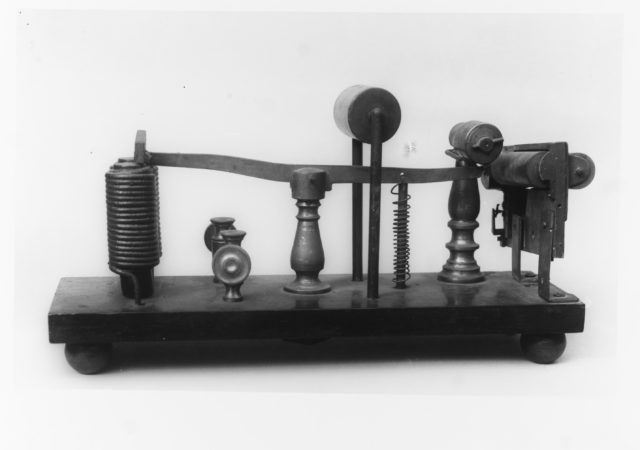
Telegraph services commenced in Bengaluru on May 23, 1854 with the opening of a telegraph office in the city. This was part of a 401 km telegraph line that was laid between Madras to Bellary via Poonamallee in Tamil Nadu. The line passed through Bengaluru and was eventually extended to Bombay. The cost of the line of 191 miles from Attibele (near Hosur) to Bellary and another of 143 miles from Bengaluru to the Nilgiri Road cost over ₹1 lakh.
Later, in March 1855, Bengaluru and Mysore was connected with a 84 mile line with a new telegraph office in Mysore. Setting up offices in Bengaluru and Mysore cost ₹8,253.
A message of 16 words sent between Calcutta and Bengaluru cost 10 shillings (about ₹11,400 in today’s money).
-
1858
Central College
Central High School established in Bengaluru by Rev John Garrett. This eventually became Central College in July 1875 and was affiliated to Madras University for the BA (Bachelor of Arts degree). In 1877, the college had about 440 students and was charging a monthly fee of ₹4 per student. The college offered mathematics and physical sciences as optional subjects for the BA degree. In later years, a laboratory and observatory were added to the college. A hostel accommodating about 100 students was attached to the college.
A unique feature about the building is that pillars 35 feet in height and only 15 square inches made out of a single stone of gneissose rock has been used to support the roof. This approach saved more space compared to the traditional brick pillars.
Image: Central College building today
-
August 1863
Central Jail
Bengaluru Central Jail was constructed. It was considered as a ‘model’ for all other prisons of the province and intended to accommodate about 1,000 prisoners. The estimated cost of building the jail was around ₹1,55,200 and it was ready for prisoners by 1st August. While most work was done by assigned contractors, some parts were handled by soldiers from ‘Native Regiments’
-
August 1864
First train from Bengaluru
Bengaluru is added to the Indian Railway map. A report on railways made by Sir Thomas Pears of Madras Engineers in 1858 recommended building a line from Madras to Bengaluru, followed by a line from Bengaluru to Bellary, eventually linking to Pune and Bombay.
The Bangalore branch of the railways was first sanctioned on August 20, 1858 and about 6 years later, it was opened for passenger traffic on August 1, 1864. The lines called ‘Indian gauge’ were 5′ 6″ wide and selected by Lord Dalhousie. This enabled Bengaluru to become a nucleus of trading in the country.
-
August 1865
Government Museum
On August 18, 1865, the Mysore Government Museum was established near the Central Jail under the guidance of a surgeon Dr. Edward Balfour. The museum focused initially on geology, mineralogy and metals. Another surgeon Dr H.R. Oswald, MD, was the Superintendent of the museum. It is said that people referred to it as ‘Tamashe Mane’ which means ‘Fun House’ in Kannada. The museum was moved to the current location in 1877.
Image: Government Museum
-
1866
Bengaluru Police
The Police Act V of 1861 is introduced in Bengaluru to bring reforms and a more professional police organization. An officer from Madras Police was appointed to take charge of Bengaluru district. The total number of policemen across Mysore was around 6400 at the time.
-
1866
Bowring Hospital
Bowring Hospital, initially called as Bowring Civil Hospital, was built in the Cantonment area.on the lines of Lariboisière Hospital in Paris. The hospital construction cost ₹2,16,454 and was named after Lewin Bowring, then Commissioner of Mysore. For many decades, this was considered as an ‘expensive’ and ‘upmarket’ hospital in the city. An interesting sidelight is that a meteorological observatory with a barometer functioned out of a room in the hospital for many years.
Image: Signature of Lewin Bowring after whom the hospital is named.
-
April 1868
Attara Kacheri
Attara Kacheri was completed and administration shifted from Tipu’s palace after 37 years. The plan for this building was first discussed in 1857, but the design was completed only in 1860 by Col Richard Sankey, Chief Engineer of Mysore. Work commenced in October 1864 and the building was occupied by April 1868. The 60,015 square feet building cost ₹3,68,981. The contractors were Messrs Wallace, Bumselal Abeerchund, and Narrainswamy Mudaliar.
Image: Sir Mark Cubbon’s statue in front of High Court building (earlier known as Attara Kacheri or 18 offices)
-
1870
Cubbon Park
Cubbon Park (originally called Meade Park) was completed. Col Richard Meade who was the Commissioner at the time renamed it as Cubbon Park in accordance with his wishes to honour Sir Mark Cubbon. It was about 100 acres in size with the public offices and a museum situated in the park. The Gymkhana Club maintained lawn tennis courts which were very popular.
The park was built by Major Sankey and it had a fine equestrian statue of Sir Mark Cubbon designed by Baron Marochetti. Some miscreants painted Hindu brahmin marks on the forehead of Mark Cubbon’s statue in an interesting incident.
Military bands played music every evening on the Band Promenade with the exception of Sunday and Thursday. One travel guide called Cubbon Park as Bengaluru’s fashionable afternoon resort.
Image: Cubbon Park in it’s early years.
-
June 1876
Golf Club
On June 24, 1876, Bangalore Golf Club was started with J.D. Gordon as captain of the club. Today, it is India’s oldest golf course spread over 100 acres of land, It is also an oasis of nature in the heart of the city, consisting of over 2000 trees of 75 different species. Interestingly, the ubiquitous crow is the official mascot of the club and are treated as ‘honorary members’. Crows frequent the golf course and are known to occasionally snatch and carry away the white golf ball.
-
June 1877
The Great Famine
Year of the Great Famine. The seeds of this were sown after the failure of monsoon in 1875 and 1876. Rains failed again between June and August of 1877 leading to grain shortages. Grain was imported to Bengaluru and transported to other parts by bullock carts.
It is said that the province of Mysore lost a million people to the famine. Thousands of people came to Bengaluru in search of jobs and food during this period. In a space of three months, over 2,000 people died in Bengaluru.
-
1877
Bangalore Woollen Factory
Bangalore Woollen Factory started. This was one of the first large manufacturing firms established in Bengaluru by Standish Lee, an sanitary engineer by profession. This eventually became the Bangalore Woollen, Cotton and Silk Mills which was taken over by Binny and Co.
Image: Bangalore Woollen, Cotton and Silk Mills building
-
August 1877
Bengaluru to Mysore Railway
Bengaluru-Mysore railway line construction was started as part of famine relief work. The estimate for this line had been prepared in December 1871, but was sanctioned only on August 8, 1877. Work was started at both ends – 36 miles at Bengaluru and 10 miles at Mysore.
Main Image: Attara Kacheri by Tucks listed in 1930
Featured Posts
Recent Posts
T P Kailasam – The Dark Side of a Genius
August 5, 2024H V Savitramma – Writing for Women’s Rights
June 10, 2024Temples of Knowledge – Best public libraries of Bengaluru
January 22, 2024Bengaluru Palace turns 150
January 14, 2024

